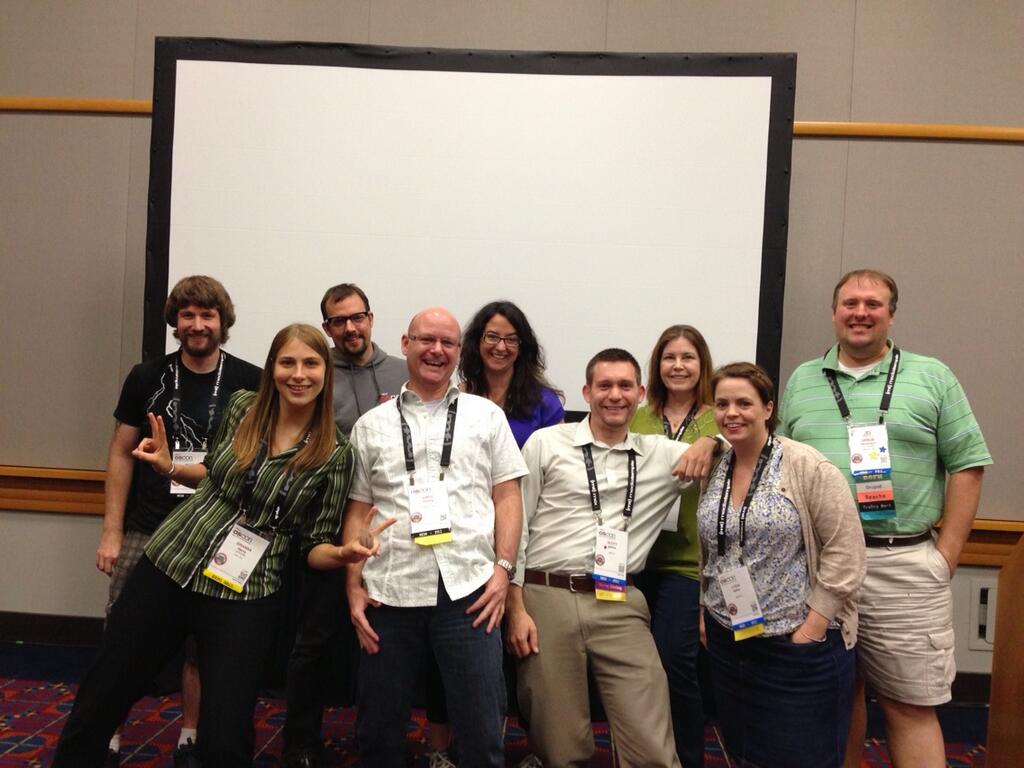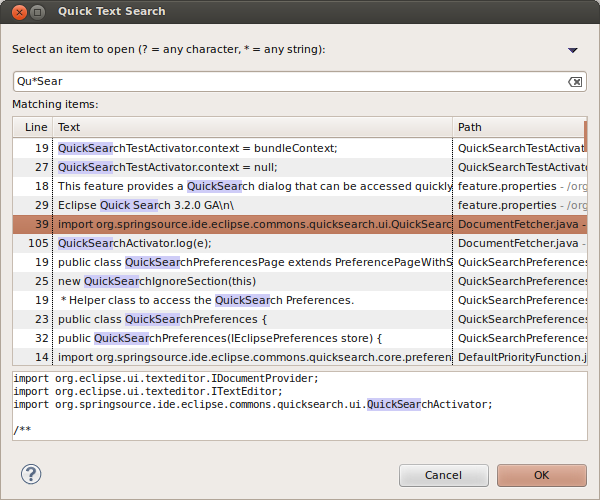This Week in Spring - Aug 6th, 2013
Welcome back to another installment of This Week in Spring. On August 1, I celebrated my third year at SpringSource. I continue to enjoy the ride of my life and a huge part of that is my interaction with you, the most amazing community ever. Thanks for that, folks.
Have you booked your tickets for SpringOne2GX? This year's show is a special one. In my work as the Spring Developer Advocate, I speak at many conferences all around the world. Ask any developer with a pulse, and they'll confirm that big data (and Hadoop), reactive web applications, REST, mobile application development, and cloud computing are sizzling hot topics today. Pivotal, and Spring, support today's developers, and SpringOne2GX's agenda represents in my estimation the perfect blend of content for today's developers. Check out the agenda. We've just recently added talks on big data, and REST service security with OAuth. This will be our first show under Pivotal, and it's the only place where you can talk to the developers working on the technologies you care about both at SpringSource and in the community. As you know, we've just announced our Cloud Foundry conference, Platform, and SpringOne2GX full pass ticket holders may register for that show - which is at the same venue as SpringOne2GX just two days earlier - for free! If I had to pay for just one show a year, this would be that show. Hurry the early bird rate expires this friday!
- Major news: Phil Webb and Dr. David Syer have just announced Spring Boot, which simplifies Spring application development. Spring Boot provides an opinionated layer on top of Spring and in so doing makes it dead simple to get an application up and running with a minimum of fuss. Seriously, this stuff will blow your mind. Do not read any further until you've read this short and sweet post! Give it a go and be sure to let us know about your experiences!
- Spring Framework 3.2.4 maintenance release is now available, with an important security fix for SpringOXM..
- Spring Data Redis-lead and ninja Jennifer Hickey just announced the availability of two Spring Data releases. Spring Data Redis 1.1, M2, featuring a lot of new features, including enhanced data pipelining, Redis 2.6 scripting, and more. Spring Data Redis 1.0.6 is also available, and features bug fixes and smaller improvements.
- Spring Mobile and Android lead Roy Clarkson just announced Spring Mobile 1.1.0.RC1, which features improvements to device detection and view resolution in Spring Mobile. Roy also announced a new cut of the stable line of Spring Mobile, 1.0.2, which features similar improvements, some backported.
- Spring Data ninja Oliver Gierke has just announced that the final release candidate for Spring Data Babbage is now available. This release is named for Charles Babbage. This release features support for the MongoDB Aggregation Framework and improved the execution of polymorphic queries, support to use SpEL expressions in manually defined queries with JPA, improved handling of entities using @IdClass, a
countBy(..)method for Neo4j repositories, and much more. - The replay for the webinars Functional Programming without Lamba and Spring with Cucumber for Automation are now available online. Be sure to check them out!
- A few weeks ago, our friend Johnathan Mark Smith put together a video introducing how to use Spring Data MongoDB and Java configuration. Check it out! And, if you're doing awesome videos, feel free to share. I'd love to post them on This Week in Spring, too!
- I smiled when I saw a tweet by the Reactor project lead Jonathan Brisbin in which he says, "Processor throughput: 90M ops/sec on a laptop. 1 thread + @LMAX Disruptor. Not #fastdata, #uberfastdata" and then links to a test case in the code. Needless to say, Reactor is going to shake things up big time! (And, of course, we'll have more content on Reactor at SpringOne2GX.
- The latest release of Tomcat, Apache Tomcat 8.0.0-RC1 (alpha), is now available! There are a lot of new features. Notably, Tomcat 8 will be the first Tomcat to support JSR 356, web sockets. This is the perfect compliment to Spring 4's recently announced web socket support.
- Mohan Srihari Kantipudi has put together a nice post on Spring's basic REST capabilities
- I liked Gregor Riegler's post on Spring Loaded, the best kept secret in open source. Spring Loaded is a Java agent that lets you reload code as you're working on it (no need to redeploy!). This is a very cool post and I hope you'll consider using Spring Loaded, too.


